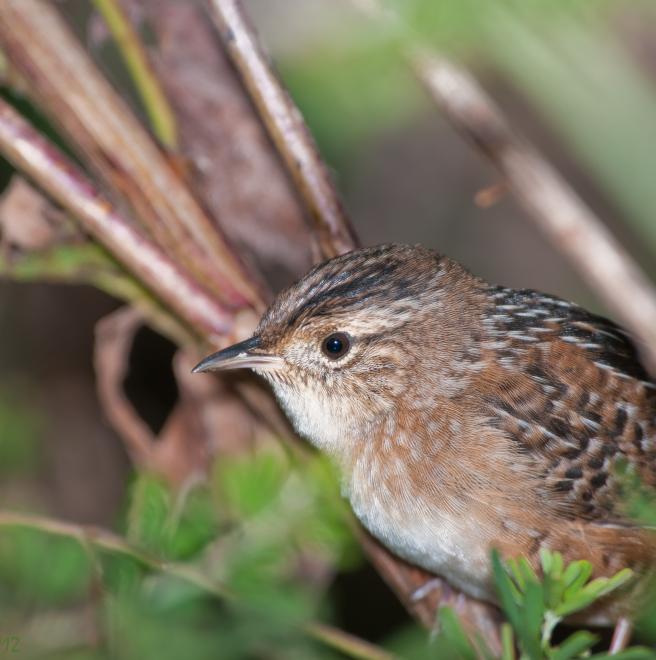

It’s hard to get a handle on Sedge Wren population status. In winter and on migration, the birds are notoriously furtive. In summer, they’re easier to detect, but they’re also strangely mobile, often attempting a second nesting many miles from the first. On top of it all, they exhibit extreme geographic variation, most of it south of our area. Audubon's climate model forecasts major shifts in climate space for the Sedge Wren with only 29 percent remaing stable both summer and winter, basically the result of substantial climate space becoming available to the north of where it is currently centered. A word of caution is in order: at all stages in the annual cycle, Sedge Wrens require wet tall grass meadows, a habitat constantly in threat from agriculture and development.
Explore more birds threatened by climate change around the country.





















It's easier than you think to make a difference. Become an Audubon member today to help birds facing climate change.